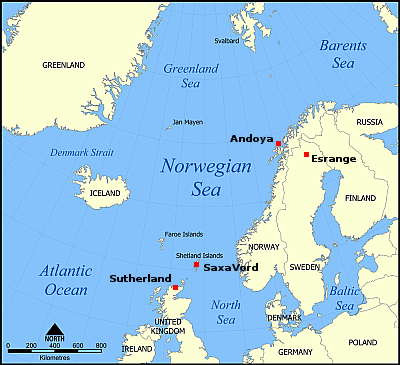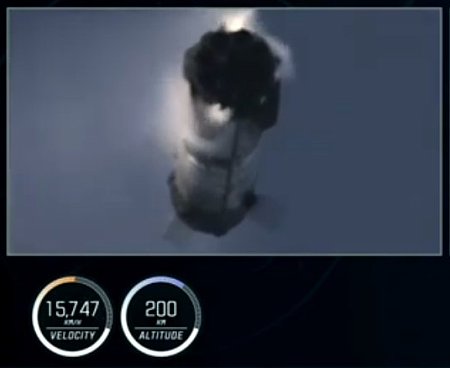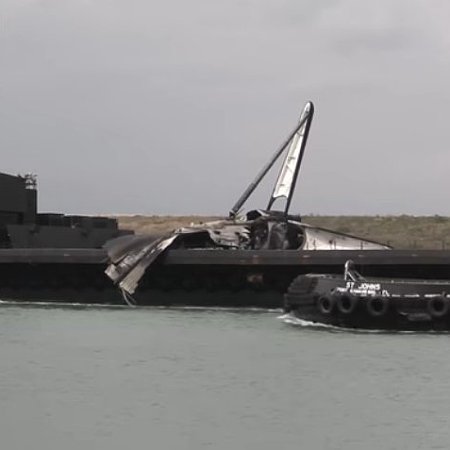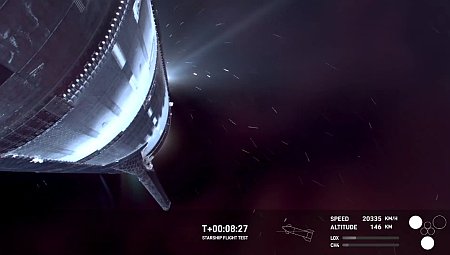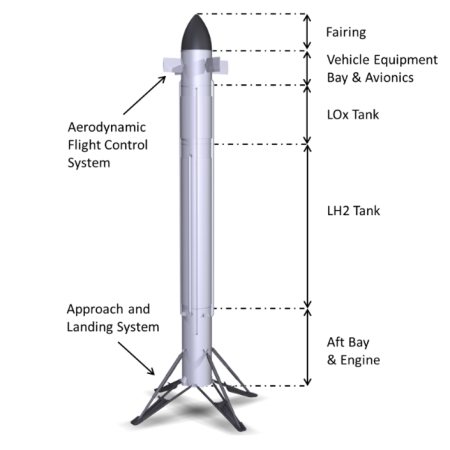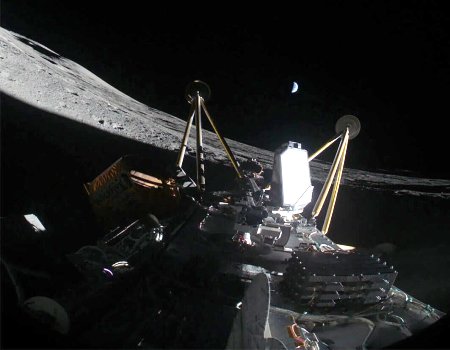Chinese pseudo-company launches 8 satellites
The Chinese pseudo-company Galactic Energy today successfully placed eight remote-sensing satellites into orbit, its solid-fueled Ceres-1 rocket lifting off from the Jiuquan spaceport in northwest China.
No word on where the rocket’s lower stages crashed inside China.
This was Ceres-1’s eighteenth launch, making Galactic Energy the most successful rocket pseudo-company so far in China. That its rocket uses solid-fueled shows us however that it is strongly tied to China’s military, and likely controlled tightly by it.
The leaders in the 2025 launch race:
31 SpaceX
13 China
4 Russia
3 Rocket Lab
SpaceX still leads the rest of the world in successfully launches, 31 to 23.
The Chinese pseudo-company Galactic Energy today successfully placed eight remote-sensing satellites into orbit, its solid-fueled Ceres-1 rocket lifting off from the Jiuquan spaceport in northwest China.
No word on where the rocket’s lower stages crashed inside China.
This was Ceres-1’s eighteenth launch, making Galactic Energy the most successful rocket pseudo-company so far in China. That its rocket uses solid-fueled shows us however that it is strongly tied to China’s military, and likely controlled tightly by it.
The leaders in the 2025 launch race:
31 SpaceX
13 China
4 Russia
3 Rocket Lab
SpaceX still leads the rest of the world in successfully launches, 31 to 23.

